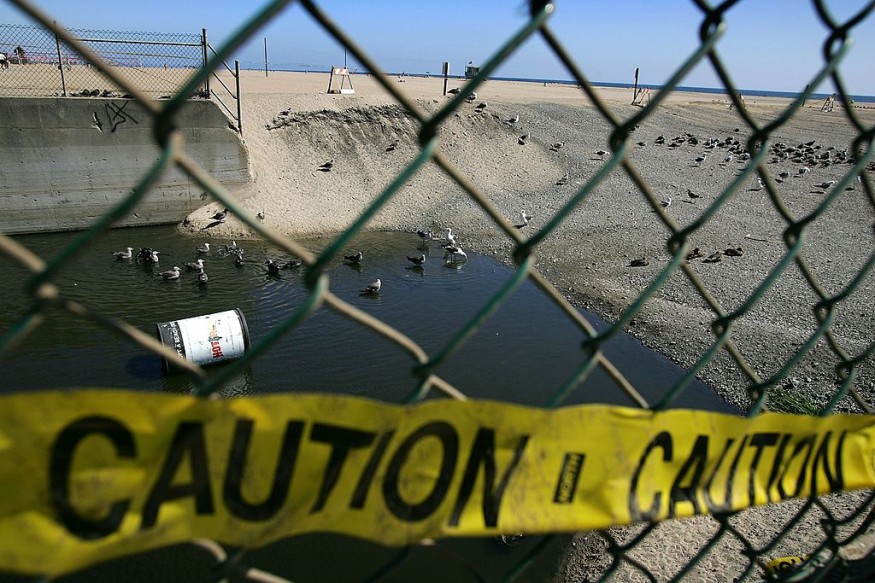Raw Sewage From Mexico Continues To Pollute Southern California Beaches

Flowing north of the border, raw sewage from Mexico has been an issue not only for the city of Tijuana, as it also continues to contaminate Southern California beaches.
Tijuana and the state of Baja California reportedly made some repairs to the outdated sewage infrastructure in Tijuana last year, and officials confirmed that the problem was already fixed. But after a few weeks, the sewage problem returned and is still damaging nearby areas, like San Diego.
Currently, the sewage serves as a passage for 30 to 40 million gallons of raw materials, which flows on a daily basis from Mexico to the Tijuana River Valley, then go out to the ocean on the north side of the border, affecting beaches in Southern California.
According to Border Report, Imperial Beach Council City Council member Paloma Aguirre said officials made repairs "here and there" and make a big claim that they have fixed the issue.
However, Aguirre noted that the city of Tijuana has not been able to keep up since approximately over two million people use the sewage system built in the 1940s.
Aguirre added that the raw sewage problem has already been translated into a public health crisis and has been going on for the last 30 years.
The coastline in the north of the border, which stretches into Imperial Beach, is now closed due to the high levels of bacteria found in the water. The pollution also made its way straight into the ocean, WIVB reported.
Warning signs have been posted around the area to caution individuals to stay out of the water. The pollution damaging the waters of the Southern California beaches came from fecal matter that flows through the raw sewage, which originated from the south of the border.
Aguirre noted that people exposed to these pollutants have gotten sick, and it is alarming. Aguirre said that even she has gotten sick and "gone to urgent care" because of the exposure to these pollutants.
Aguirre further noted that everyone in the city council has also gotten sick, adding that the pollution affects the community's overall quality of life.
READ NEXT : Mexico President Contradicts His Decision to Get COVID Vaccine Following Advice From His Doctors
Financial Help
Just a few weeks ago, the Senate and the House of Representatives approved the Border Water Quality Restoration and Protection Act and the establishment of the Environmental Protection Agency.
The agency will oversee the cleanup efforts that will be done along the Tijuana River Valley and take charge in organizing development initiated by federal, state, and local agencies to reduce the pollution on the border, KUSI News reported.
The agency's goal is to minimize the effects of sewage spills. Congress has given the agency $300 million to decrease the environmental threats of raw sewage. The said project's funding will come from the United States-Mexico-Canada trade agreement signed just last year.
WATCH: Reimagining Transboundary Water - From SDSU
Subscribe to Latin Post!
Sign up for our free newsletter for the Latest coverage!
© 2025 Latin Post. All rights reserved. Do not reproduce without permission.












